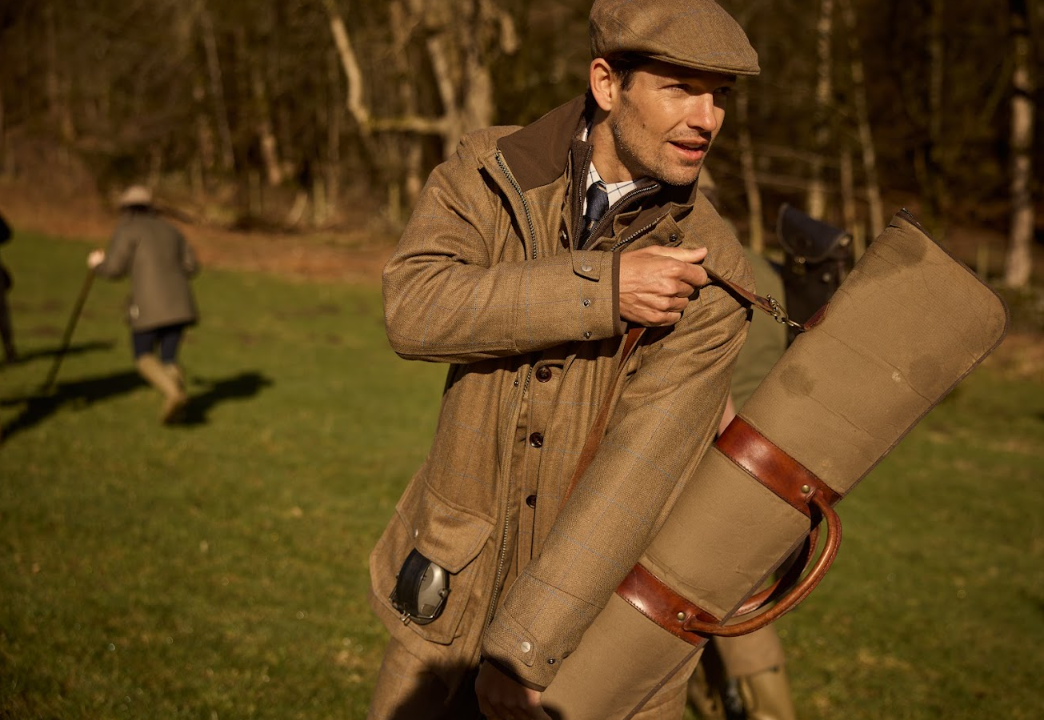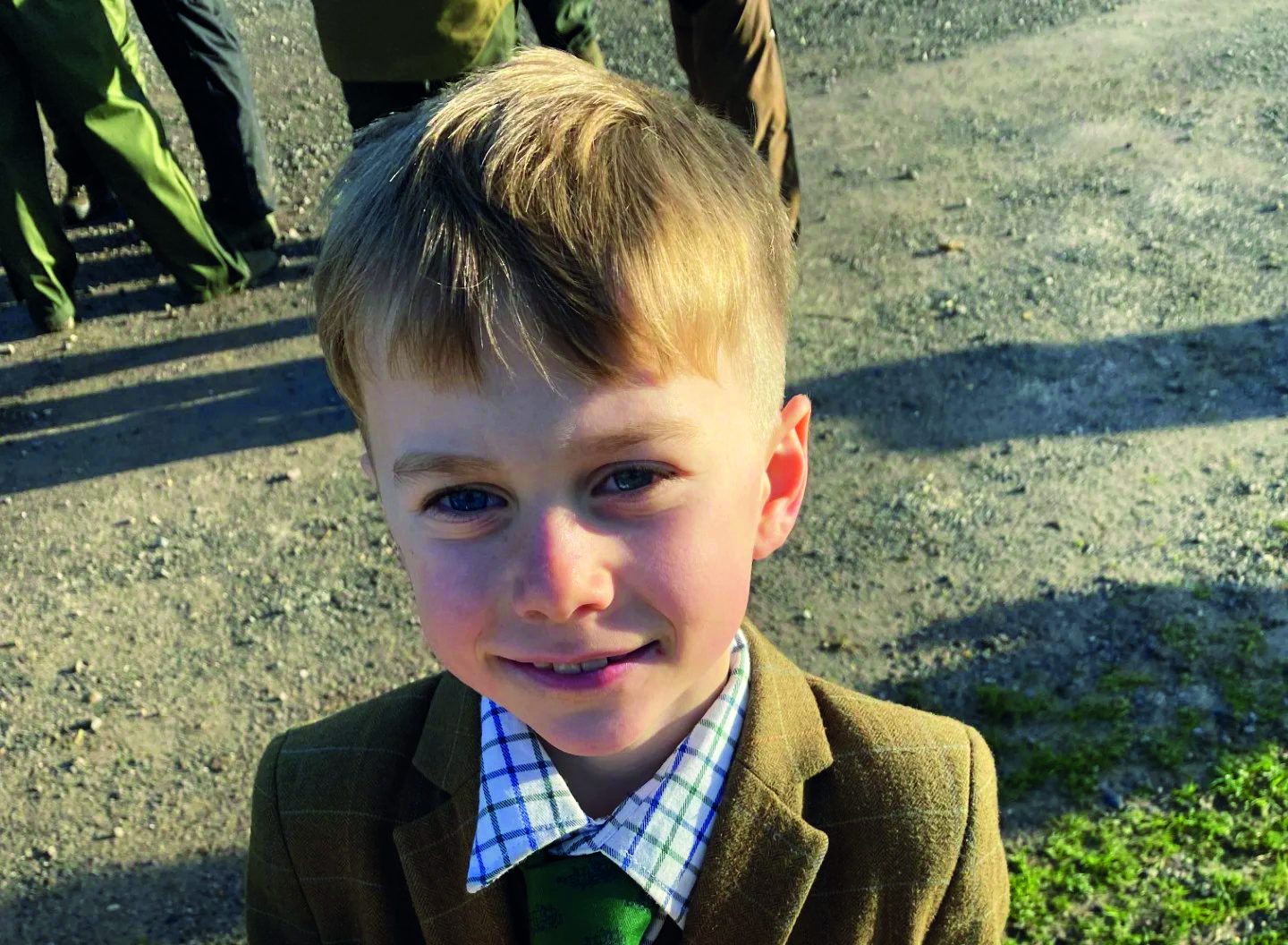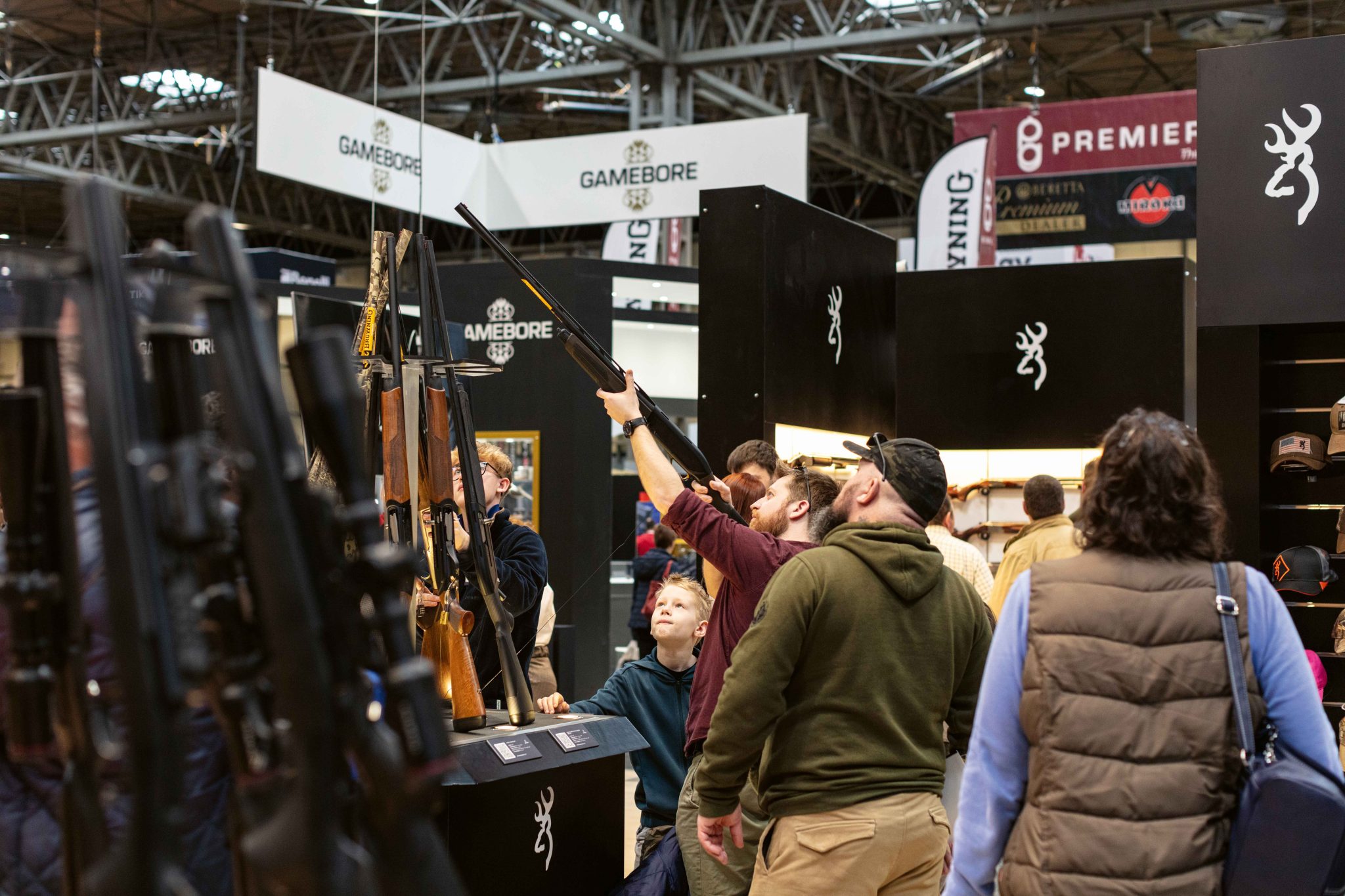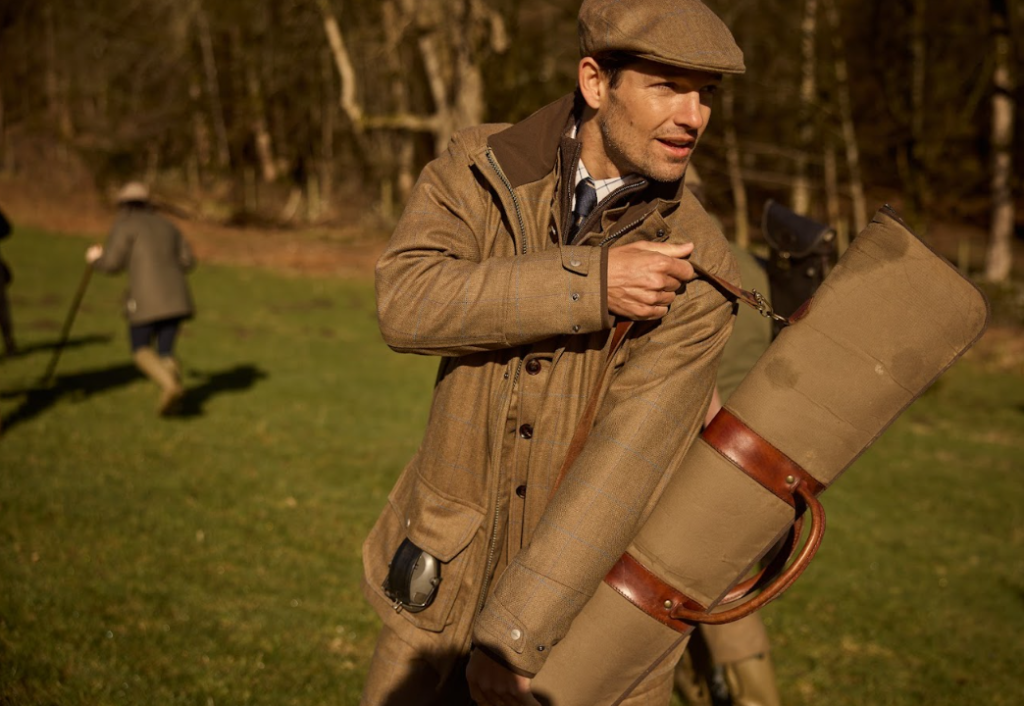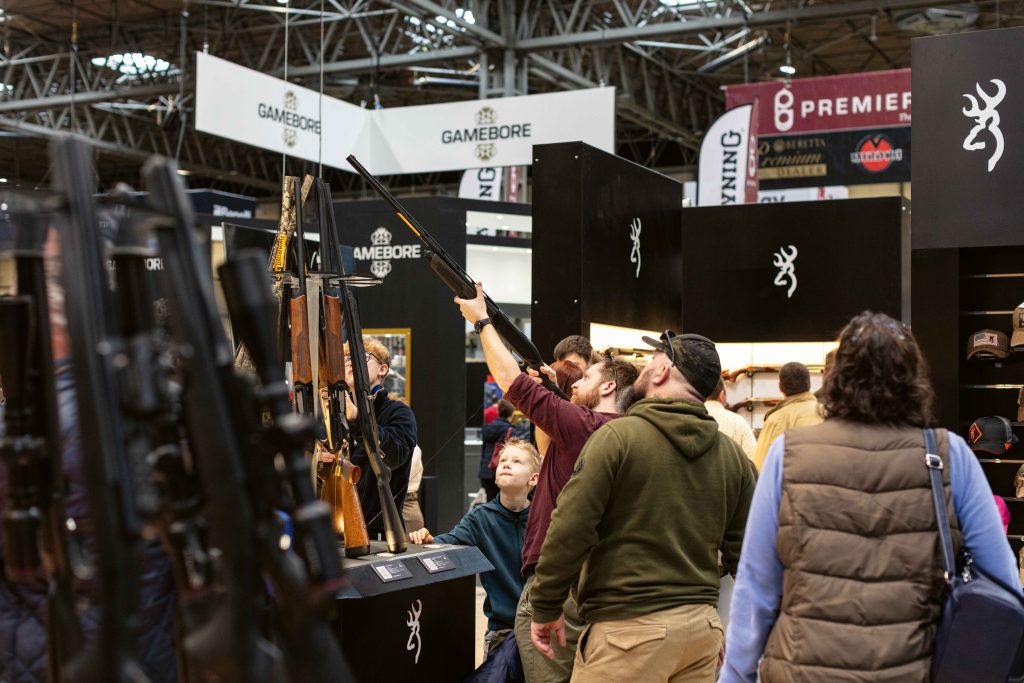Win CENS ProFlex DX5 earplugs worth £1,149 – enter here
Social media and fieldsports
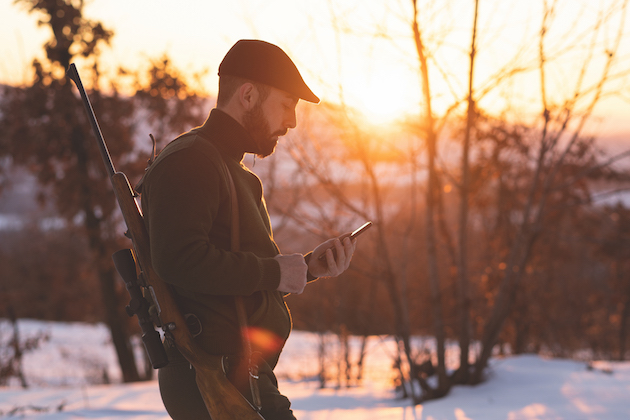 Young hunter is walking with smart phone in a field covered with snow and searching direction via GPS map during beautiful winter sunset.
Young hunter is walking with smart phone in a field covered with snow and searching direction via GPS map during beautiful winter sunset.
In times of fairly recent memory, the mainstream media (MSM) talked about the goings-on in the countryside in a markedly different way to what we see today.
Phil Drabble appeared weekly on our screens, twinkling on about sheep and dogs, fell hounds and uplands.
Jack Hargreaves sat in his shed entertaining viewers with everything from fowling and ploughing to fly-fishing and dwile flonking — a pub game for the initiated. The results of the Waterloo Cup were published in all broadsheets. Newspapers carried a weekend angling section.
That is not to say that the MSM of 30 years ago was a nirvana of pro-country sports journalism.
Animal rights types still had their letters to the editor published. Hunting received a regular going over by programmes like Panorama. The Glorious Twelfth was frequently portrayed in the red tops as being not all that glorious.
I have long thought that fieldsports’ slow decline in MSM is not a conspiracy; simply a reflection of society today. I was delighted when I had these suspicions confirmed by Guy Adams (Why shooting should stay in the shadows). Our image ‘problem’ is not the fault of a biased BBC or because newspapers are prejudiced, it is simply due to the fact that they just aren’t that into us.
Polarising
Today, however, neither radio and TV producers, nor newspaper editors, command the exclusive right over who is heard or what is shown.
Social media (SM) has enabled anyone and everyone publicly to state their opinions and experiences.
Twitter, Instagram, Facebook, podcasts, blogs and YouTube have all contributed to providing a platform for those who wish to be heard. Egalitarian it may be, but SM can be even more polarising than traditional media, not to mention that the internet never forgets. One careless tweet, a misidentified bird or wine-fuelled rant is like a ticking time bomb, awaiting the most inopportune time to explode in your face.
Social media and fieldsports
The opponents of fieldsports have arguably mastered SM to a far greater degree than us. The maestro is arguably Dr Mark Avery (44,000 Twitter followers). He is one of the trio who makes up the pressure group Wild Justice (16,900 followers).
His social media campaigns have been fiendishly clever and dangerously close to being successful. His Twitter posts and blog provide snippets of scientific fact, which he fits to his narrative. He allies this with striking photography of raptors or corvids, along with an image of a dead bird. Rarely is this carcass accompanied by an explanation. The viewer is left to reach their own morbid conclusion.
To add weight to his efforts, his enlisted support by ‘eco-celebs’ such as Chris Packham (433,600 followers) provides a far wider reach and sanction. Celebrity endorsement on social media is effective in both building awareness and fundraising.
SM campaigning can be highly effective. BASC (26,100 Twitter followers) and the Countryside Alliance (12,600) have been constantly called upon to refute allegations made by Dr Avery and his ranks of online supporters.
Resources, both financial and human have had to be diverted into fighting battles that he has orchestrated. We may not like Dr Avery, but you have to admire his social media skills. What can we do to rectify this issue?
Nearly 84% of our population live in urban areas. It is all too easy to imagine that these urban dwellers are ambivalent about the countryside and more so about fieldsports. I don’t believe this is wholly the case.
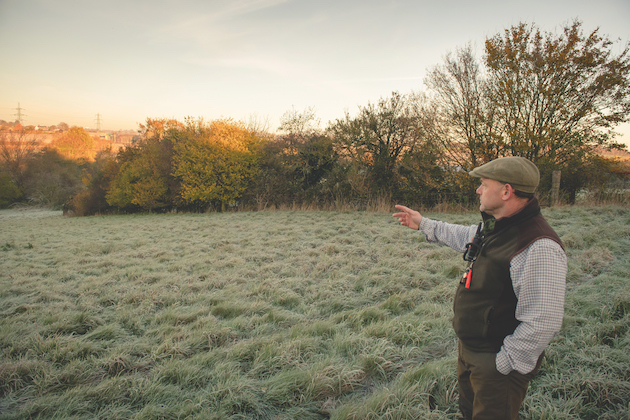
Farmer Graham Denny is becoming an increasingly important social media voice on turtle dove conservation
Saccharine
Many urbanites are as fascinated about wildlife as a fustian-wearing old Suffolk yokel. This is evidenced by the BBC’s Countryfile boasting audiences of more than six million and Springwatch around three million.
However, unlike the BBC’s flagship natural history offerings, social media opens up a rural world quite unlike the saccharine-sweet version that our national broadcaster portrays.
My @TrooperSnooks Twitter feed (5,754 followers) showcases my hedgelaying and the wildlife that I see in my daily toil. I show images of dawn on the marsh out wildfowling, I talk about grey partridges and the tribulations of working in all weathers.
The vast majority of the population is neither shooter nor anti — of 66million, around 600,000 have a shotgun certificate and there are probably about the same number who seriously dislike us, but the other 80% couldn’t really care less either way.
Many of my Twitter followers fall into this third category. Their interest in my posts is because I inhabit a world far removed from their own. Their questions on why I control predators or dramatically coppice a hedge are asked out of curiosity rather than to antagonise. It is refreshing when they note the positive results for wildlife caused by my actions, often contradicting the dogma they have read from the likes of Dr Avery and George Monbiot.
It raises doubt about of these self-appointed little gods of the natural world. I seldom post images of what I kill. I believe the picture of a muntjac is best shown as a haunch, slowly cooked, rather than dead and glassy eyed. A trapped crow need not be paraded for all to see; far better to highlight the nest of yellowhammers that its demise has helped to protect.
My monthly Country Diary on BBC Radio Suffolk covers precisely the same topics that I write about in Shooting Times. There is no outpouring of disgust in its wake. The comments on my ramblings are largely reassuringly positive.
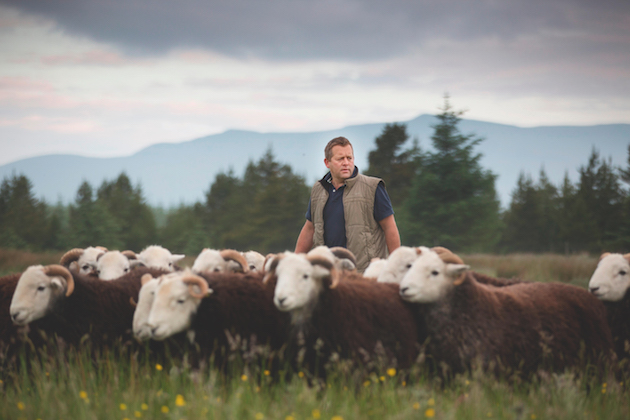
Lake District farmer James Rebanks uses his Twitter account to show farming and conservation working hand in hand
Conservation evangelists
The GWCT (18,300 Twitter followers) has perfected highlighting the previously unseen work of the conservationist land managers. Originally its social media strategy was one of combatting criticism from antis. After a year of battle, it turned evangelist and now its conservation studies are as eagerly viewed by birders as they are by Guns.
Graham Denny (2,050 followers), the award-winning conservationist farmer/gamekeeper, is becoming the go-to social media voice with regards to turtle dove conservation. Senior ecologists and scientists bow to his knowledge and all but the most ardent anti warms to his passion for this red-listed bird.
Social media enables those of us who shoot to highlight that we are about so much more than merely shooting. A keeper posting a short film of himself on a vibrant moor safeguarding a curlew or lapwing nest destroys the narrative Dr Avery peddles.
Farmers such as Tom Martin (10,900 followers), The Barker Boys (6,570 followers) or James Rebanks (129,600 followers) proudly showcase that farming and conservation can work hand in hand. Their voice is an authentic one for the countryside.
Authenticity is a revered trait in a society that has become tired of snake oil salesmen. All of us who truly care about shooting can take the heat off our hard-pressed organisations by working with them. Social media, if used to highlight the joy we take in our conservation work, brings the man on the Clapham omnibus into our world.
If, however, we simply use the medium to post graphic photographs of shot foxes or argue with committed vegans, it does nothing more than help Dr Avery to win the argument. And we don’t want that to happen, do we?
Related Articles
Get the latest news delivered direct to your door
Subscribe to Shooting Times & Country
Discover the ultimate companion for field sports enthusiasts with Shooting Times & Country Magazine, the UK’s leading weekly publication that has been at the forefront of shooting culture since 1882. Subscribers gain access to expert tips, comprehensive gear reviews, seasonal advice and a vibrant community of like-minded shooters.
Save on shop price when you subscribe with weekly issues featuring in-depth articles on gundog training, exclusive member offers and access to the digital back issue library. A Shooting Times & Country subscription is more than a magazine, don’t just read about the countryside; immerse yourself in its most authoritative and engaging publication.



